The Japanese practice of shinrin-yoku—literally “forest bathing”—has gained worldwide recognition for its proven health benefits. In Oregon, where ancient forests meet progressive conservation efforts, the opportunities to immerse yourself in nature are particularly exceptional.
The dense canopies, moss-covered landscapes, and diverse ecosystems create perfect environments for this contemplative practice that combines mindfulness with nature connection. Here is a list of 15 extraordinary locations across Oregon where you can experience forest bathing at its finest, each offering unique ecological and sensory experiences.
Old Growth Trail, Opal Creek Wilderness

Deep within the Willamette National Forest, this ancient forest trail meanders alongside crystalline waters while passing through some of the oldest trees in Oregon. The 500-year-old Douglas firs and western red cedars create a cathedral-like atmosphere where sunlight filters through in ethereal beams.
The consistent sound of rushing water from Opal Creek provides a natural soundtrack ideal for reaching a meditative state. The forest floor here is particularly rich in biodiversity, with rare mushroom species and fluorescent lichens adding layers of discovery for forest bathers who slow their pace to fully engage.
Cape Perpetua Spruce Forest
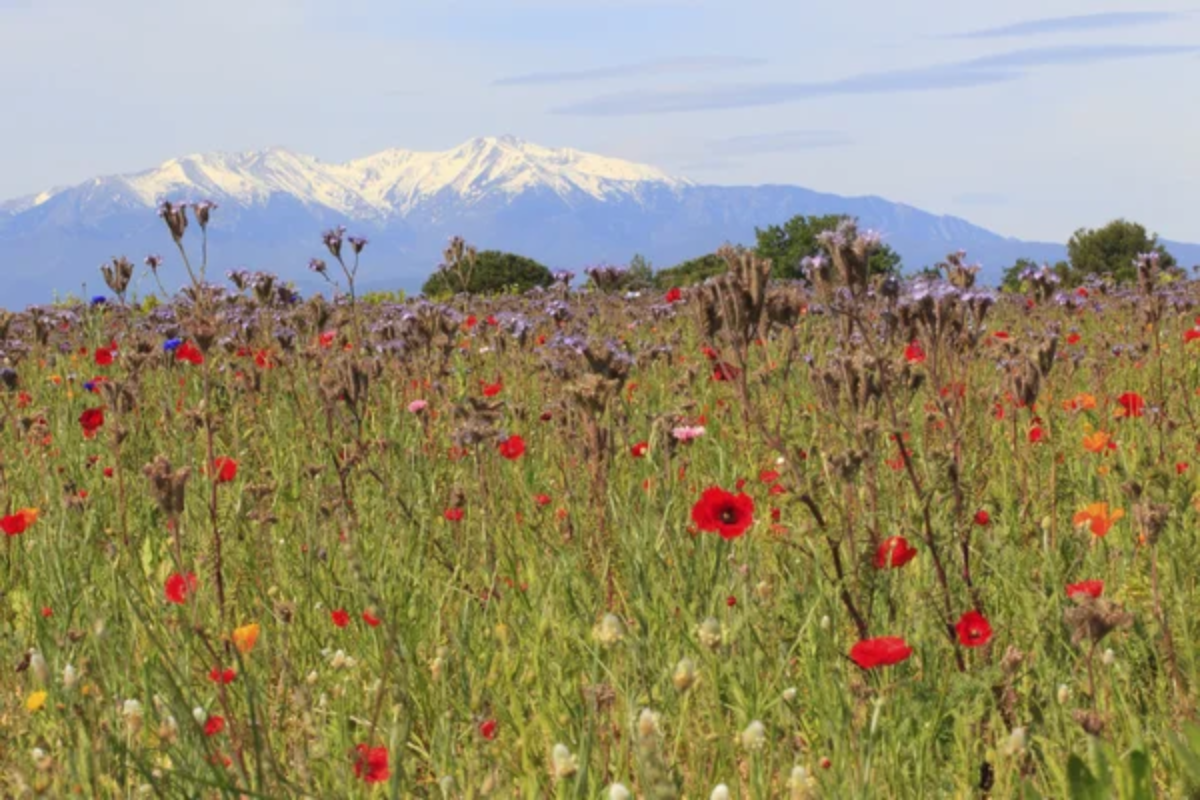
Where the temperate rainforest meets the Pacific Ocean, Cape Perpetua offers a unique forest bathing experience that combines woodland immersion with coastal energy. The Sitka spruce trees grow here in wind-sculpted formations, their branches draped with hanging moss that sways in the salt-laden breeze.
The forest transitions dramatically to the oceanfront, allowing bathers to experience the contrast between sheltered woodland and exposed coastline. The symphony of distant waves provides a rhythmic backdrop to the more subtle forest sounds, creating a multi-layered sensory experience.
Like Travel Pug’s content? Follow us on MSN.
Drift Creek Wilderness
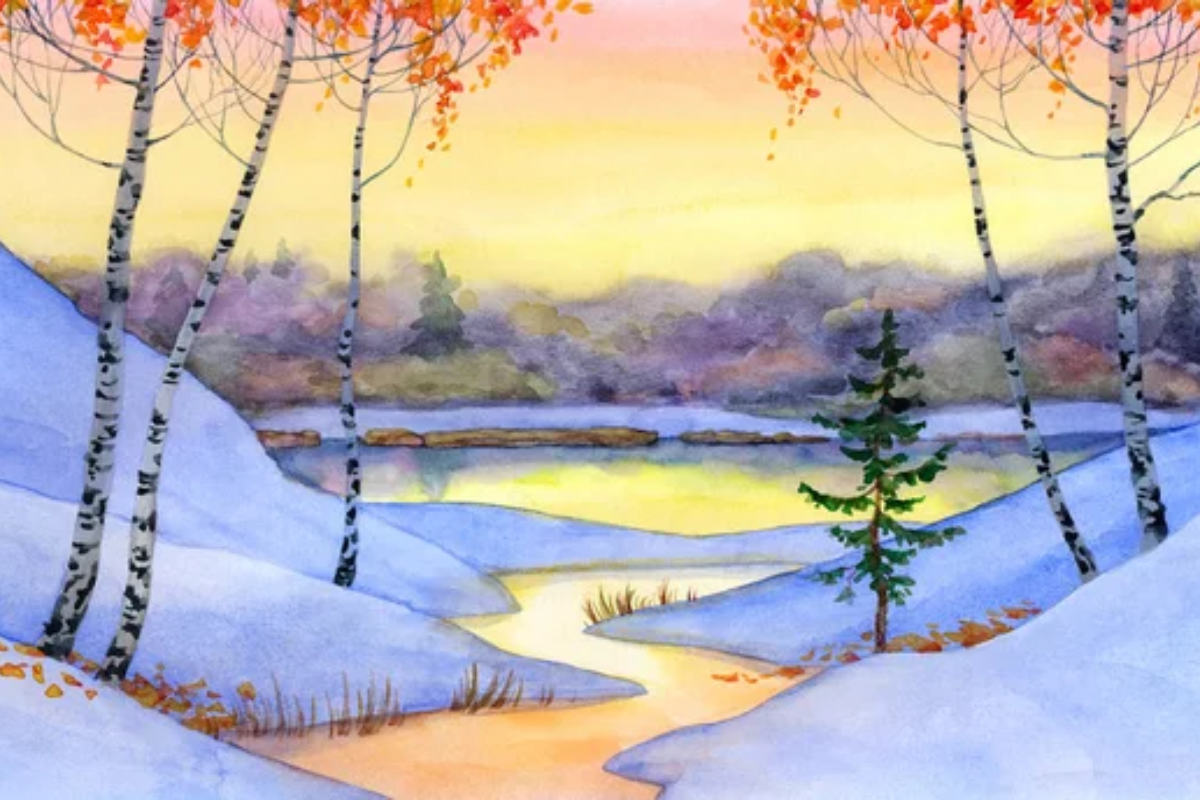
This coastal range forest preserves one of Oregon’s few remaining old-growth Sitka spruce and western hemlock ecosystems. The constant moisture from coastal fog creates an exceptionally lush understory where ferns reach impressive dimensions.
A dense canopy casts the forest in perpetual twilight, creating a naturally contemplative atmosphere that slows visitors’ pace almost instinctively. Professional forest therapy often favor this region for its high concentration of beneficial phytoncides—airborne essential oils released by trees that have been shown to boost immune function.
Forest Park Maple Trail
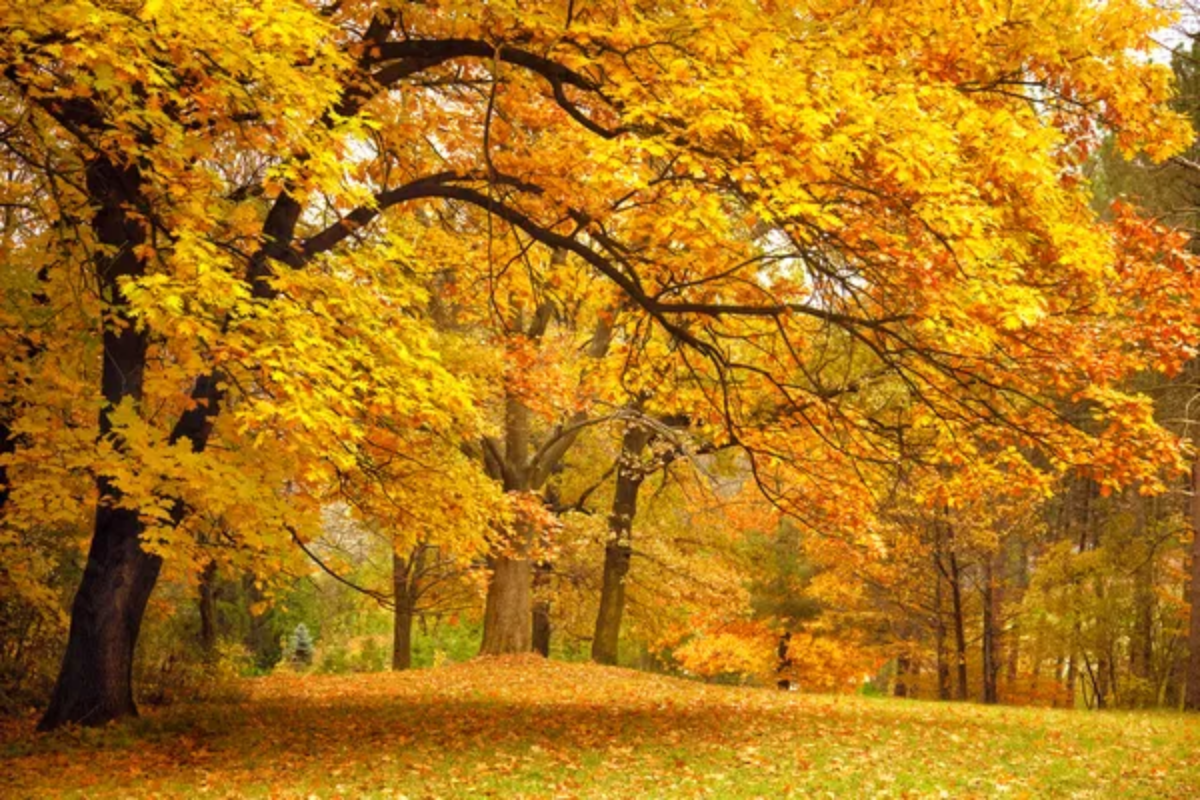
As one of the largest urban forests in the United States, Portland’s Forest Park offers accessible forest bathing opportunities just minutes from downtown. The Maple Trail section features diverse deciduous trees that create distinctly different experiences across seasons.
The forest here demonstrates remarkable resilience, having regrown after extensive logging, offering forest bathers a living lesson in natural regeneration. Despite its urban proximity, the dense vegetation creates a sound buffer, allowing visitors to experience surprising tranquility once they’ve ventured beyond the first quarter-mile of the trail.
Silver Falls State Park
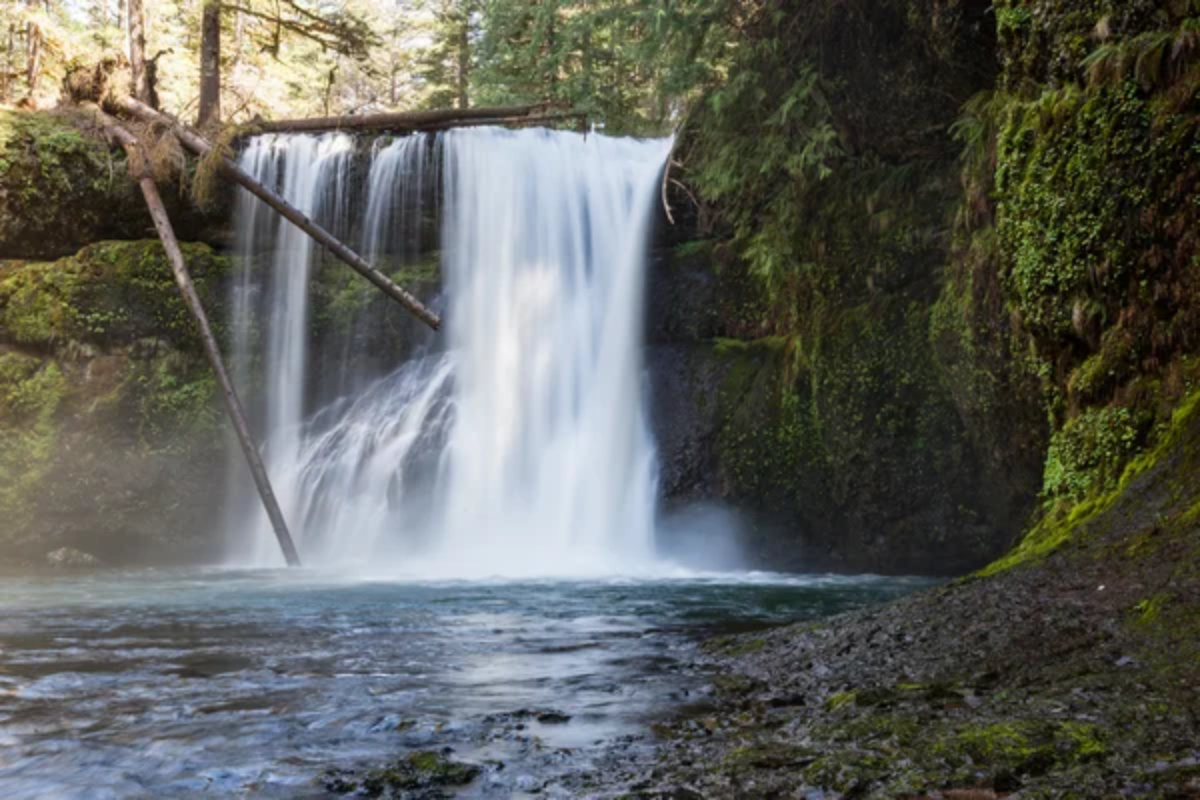
The temperate rainforest surrounding Silver Falls creates one of Oregon’s most dramatic forest bathing environments, where moss-covered maples and massive Douglas firs frame spectacular waterfalls. The negative ions generated by the falling water enhance the atmosphere with proven mood-elevating effects that complement the forest’s benefits.
The Trail of Ten Falls allows forest bathers to experience multiple water features while remaining immersed in dense forest, creating natural pause points for mindful reflection. Morning visitors often experience mystical fog shrouding the forest in an ethereal landscape straight from ancient mythology.
Like Travel Pug’s content? Follow us on MSN.
McKenzie River Old Growth
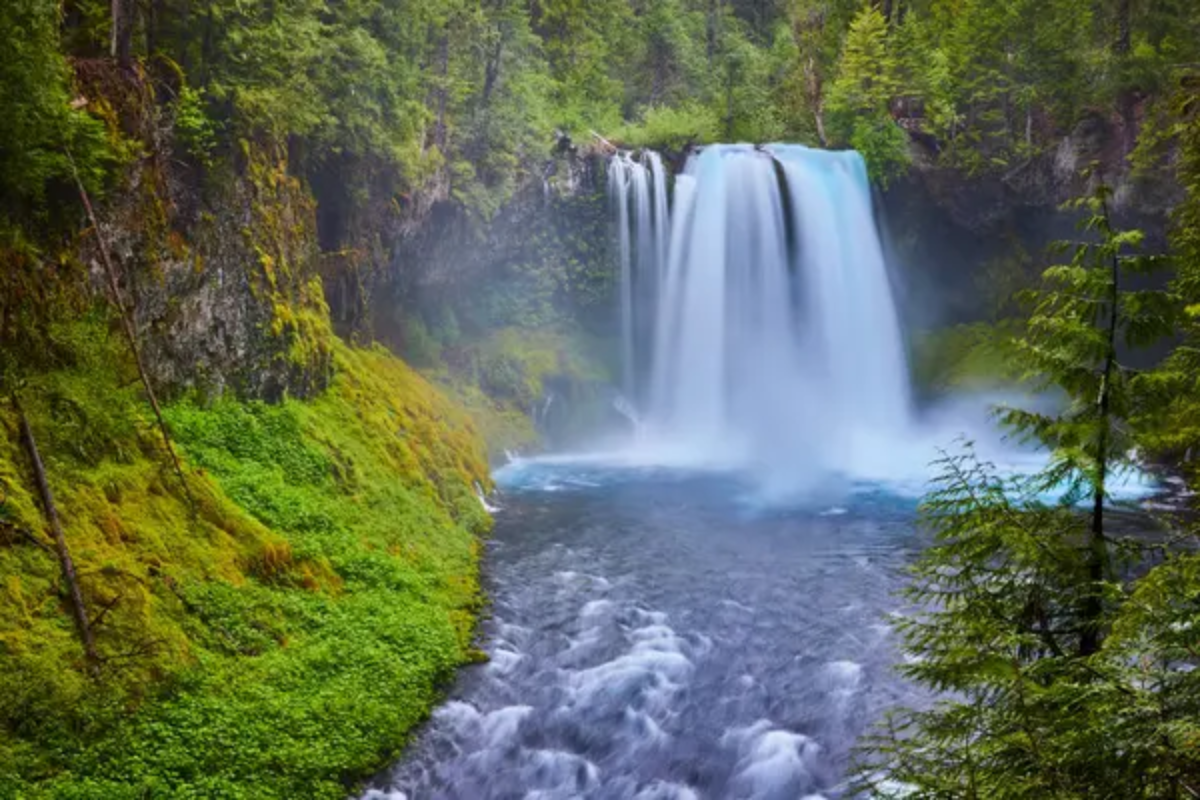
Along the clear waters of the McKenzie River, ancient forest groves provide exceptional forest bathing opportunities with the added element of river energy. The combination of flowing water and towering trees creates a powerful environment for releasing stress and resetting mental patterns.
The forest floor here features a remarkable diversity of textures—from soft moss carpets to volcanic rock outcroppings—providing rich sensory experiences for those practicing mindful walking. The blue pool section offers one of Oregon’s most photographed water features, though forest bathers often find greater benefit in the less-visited sections where human presence is minimal.
Rogue River-Siskiyou National Forest
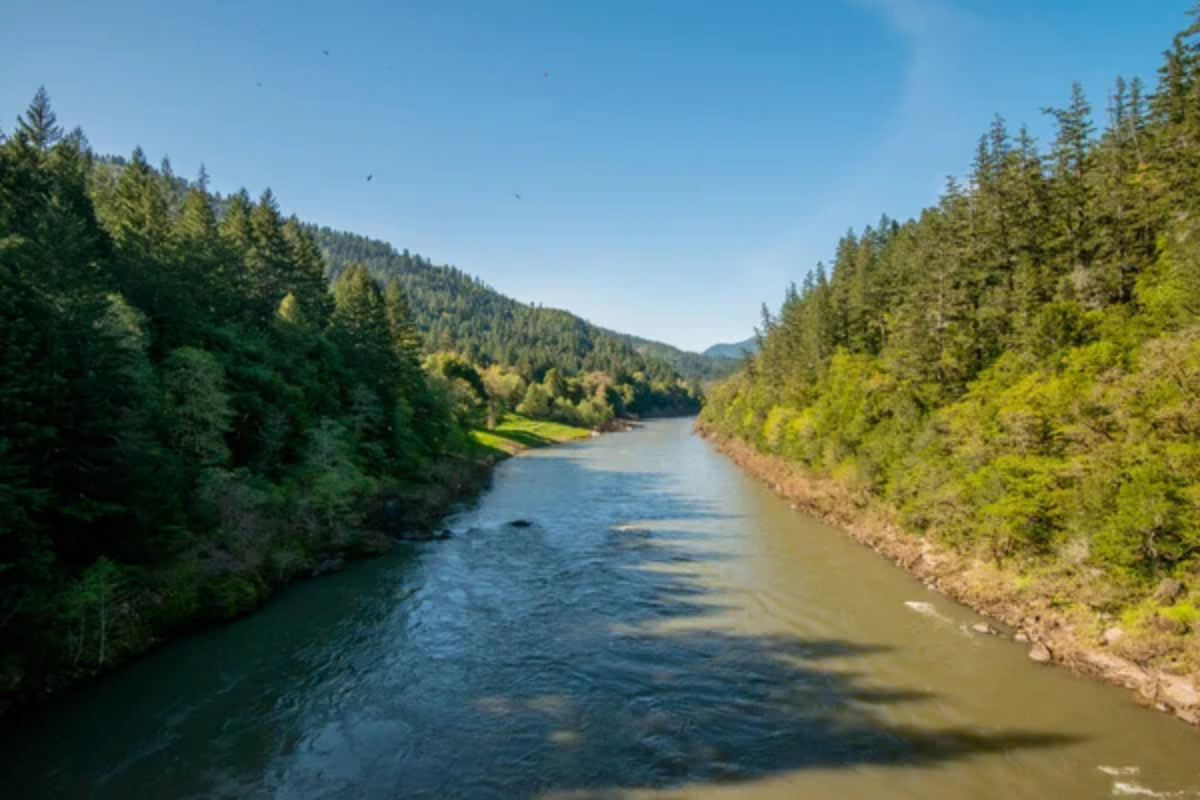
The mixed conifer forests of southwestern Oregon offer forest bathing experiences distinctly different from the state’s more famous northern woodlands. The sunshine intensity is greater here, creating dappled light patterns that change dramatically throughout the day.
The diverse ecosystem includes rare plant communities found nowhere else in Oregon, adding an element of discovery for repeat visitors. The varied topography creates natural amphitheaters where forest sounds—from birdsong to rustling leaves—seem to surround bathers in immersive natural soundscapes.
Mt. Hood Wilderness Old Growth
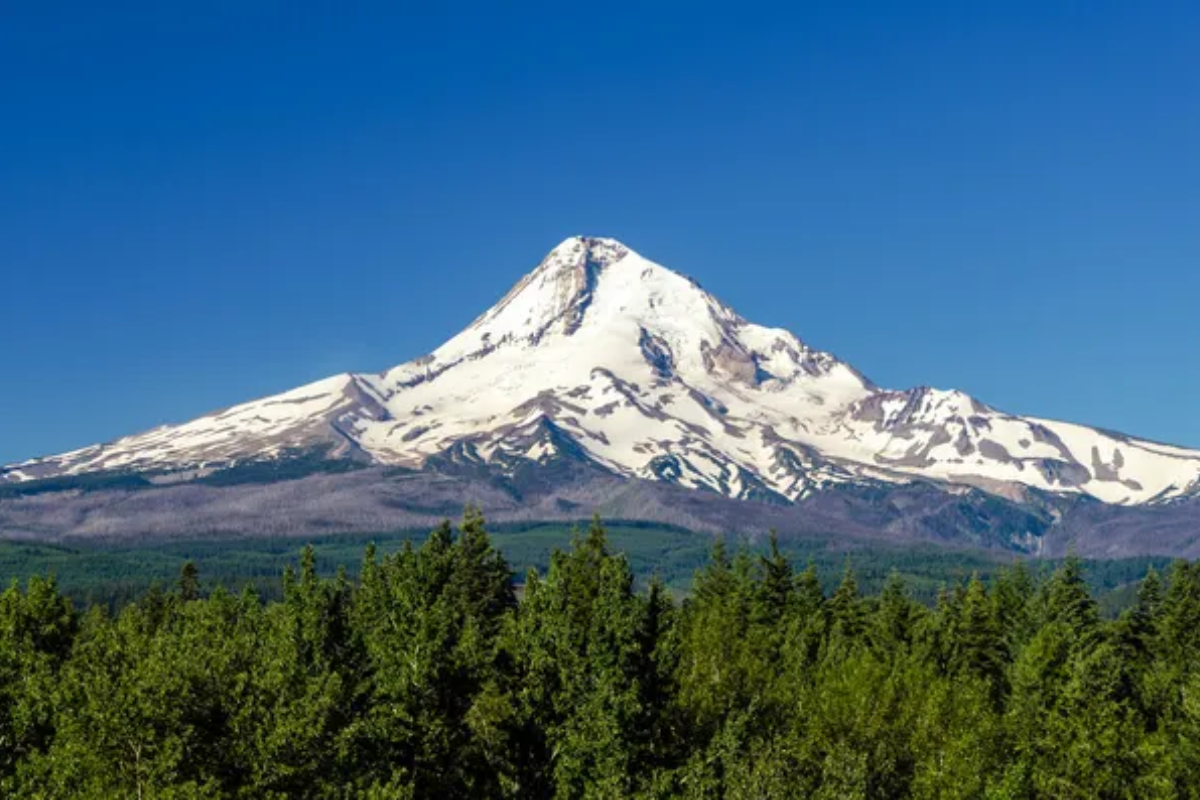
Just an hour from Portland, the old-growth forests on Mt. Hood’s lower slopes offer accessible immersion in genuinely ancient ecosystems. Massive trees dating back 300+ years create a sense of timelessness that helps visitors disconnect from modern stresses.
The elevation provides cooler temperatures during summer months, making this an ideal forest bathing location when lower-elevation forests become uncomfortably warm. The volcanic soil supports unique plant communities, including rare orchid species that create seasonal points of interest for mindful observers.
Like Travel Pug’s content? Follow us on MSN.
Ecola State Park Rainforest

Where Sitka spruce forest meets the dramatic Oregon coastline, Ecola State Park offers forest bathing with Pacific Ocean views. The constant moisture from ocean fog creates an intensely green environment where moss covers nearly every surface in emerald velvet.
The forest here demonstrates remarkable adaptation to coastal conditions, with trees growing in ways that create natural shelters from prevailing winds. Forest bathers report particularly vivid sensory experiences as ocean salt mingles with earthy aromas.
Eagle Creek Trail
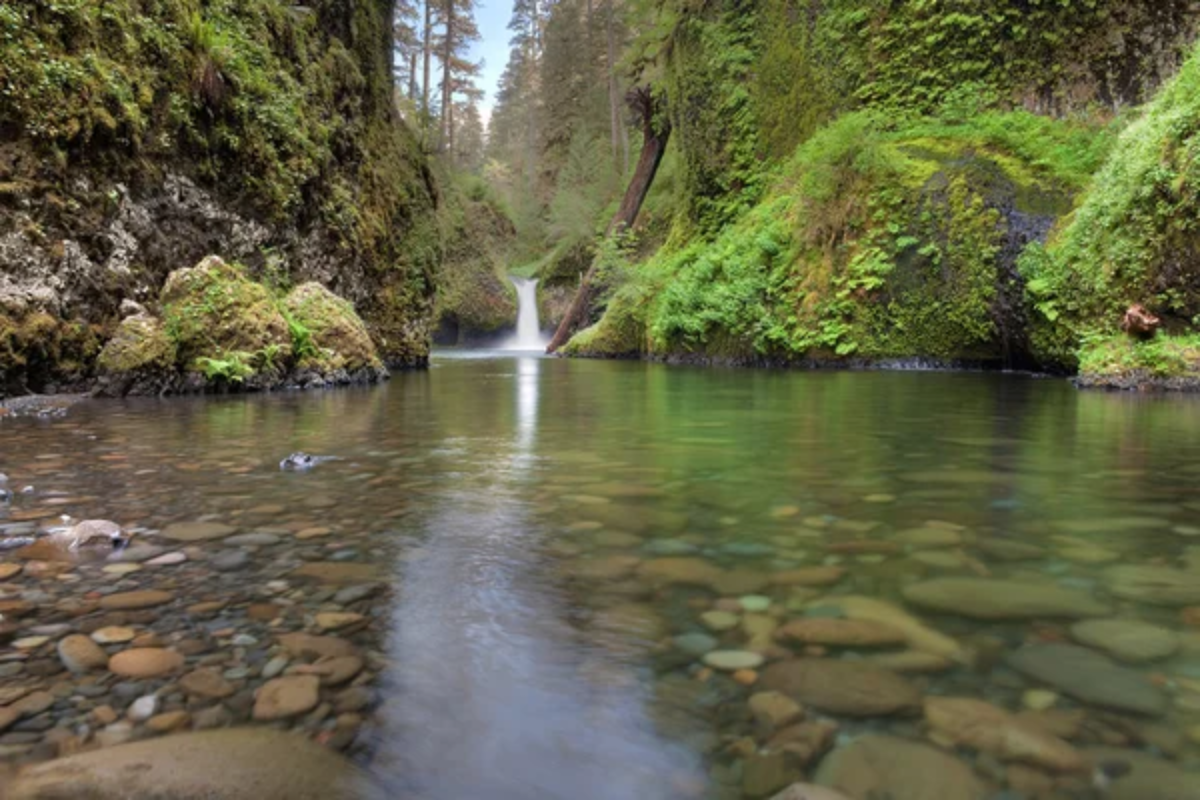
Before the 2017 fire, this Columbia River Gorge trail was among Oregon’s most beloved forest experiences—and now it offers a unique opportunity to witness forest regeneration. The contrast between burned areas and lush regrowth creates a powerful reminder of nature’s cycles and resilience.
The trail’s famous passageway behind Punchbowl Falls allows forest bathers to experience the forest-water relationship from a unique perspective. The gorge location creates natural wind patterns that cause the forest to “breathe” in ways perceptible to mindful visitors—the gentle sway of trees becoming a natural guide for deepening one’s breath.
Tillamook State Forest
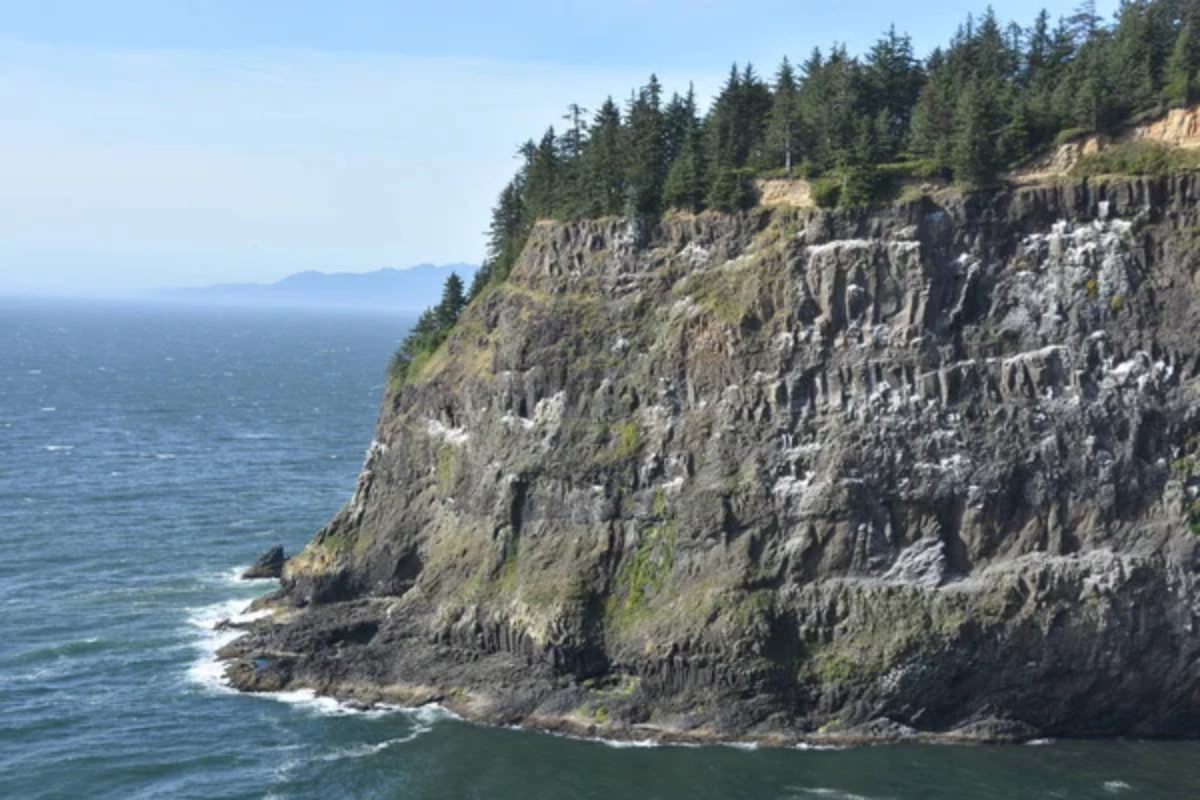
This forest represents one of America’s most remarkable regeneration stories, having regrown after the devastating Tillamook Burns of the early 20th century. The second-growth forest now stands as a testament to natural resilience, offering forest bathers a living lesson in recovery and renewal.
Numerous streams create exceptionally humid conditions that support diverse moss and lichen communities, adding vibrant colors and textures to the forest experience. The University of Oregon has conducted specific research on the psychological benefits of time spent in this recovering forest, showing its efficacy in supporting emotional processing and transitions.
Like Travel Pug’s content? Follow us on MSN.
Table Rock Wilderness
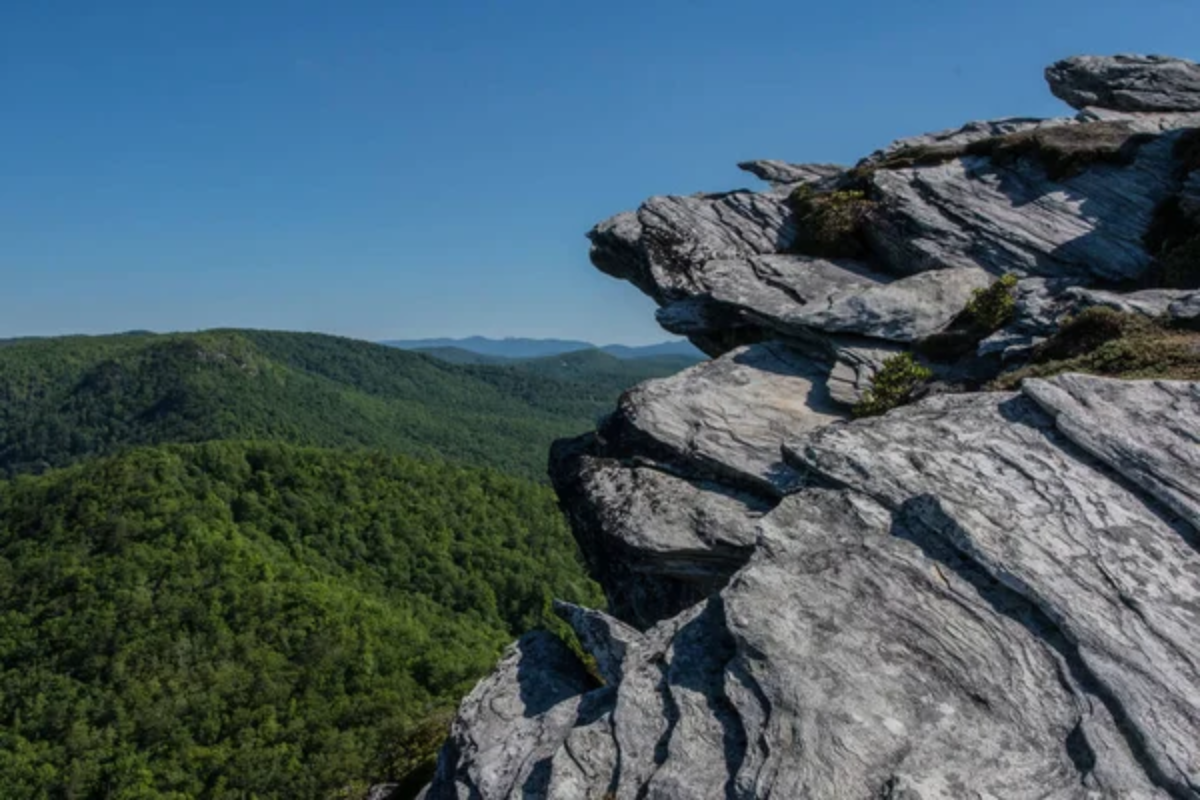
This lesser-known wilderness area features diverse forest types within a relatively small area, allowing forest bathers to experience different woodland energies in a single session. Old-growth Douglas fir groves transition to madrone forests with their distinctive red bark, creating natural boundaries between distinct forest “rooms.”
The higher elevation offers expanded views that help visitors maintain perspective while experiencing an intimate forest connection. The volcanic soils support unique plant communities adapted to specific mineral compositions, creating subtle variations in forest character that sensitive visitors can perceive.
Willamette Mission State Park
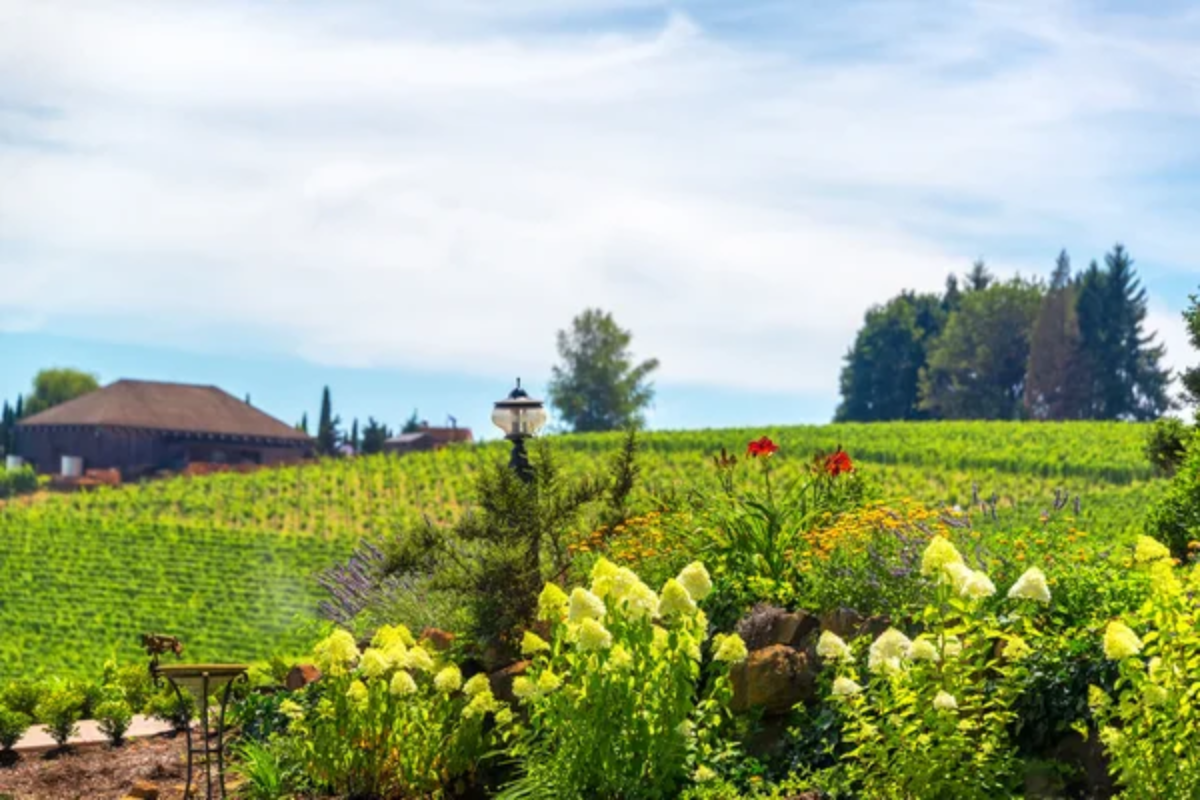
The filbert orchards and cottonwood forests of this historic park create one of Oregon’s most accessible forest bathing environments. The nation’s largest black cottonwood tree resides here, serving as a natural focal point for contemplative practice.
The location along the Willamette River adds the element of flowing water to the forest bathing experience, enhancing the sense of natural movement and change. The relatively flat terrain makes this an ideal location for those with mobility considerations who wish to experience forest connection without navigating challenging trails.
McDonald-Dunn Research Forest

This working forest managed by Oregon State University offers a unique forest bathing environment where sustainable forestry practices meet conservation. The diverse management approaches create a mosaic of forest conditions, from dense old growth to recently thinned sections, providing educational contrasts for the mindful visitor.
The forest’s dedicated research mission adds an intellectual dimension to the forest bathing experience, with interpretive materials explaining the ecology behind the scenery. University researchers have established specific wellness trails designed to maximize exposure to beneficial forest compounds, based on ongoing research into nature’s health benefits.
Like Travel Pug’s content? Follow us on MSN.
Wallowa-Whitman National Forest
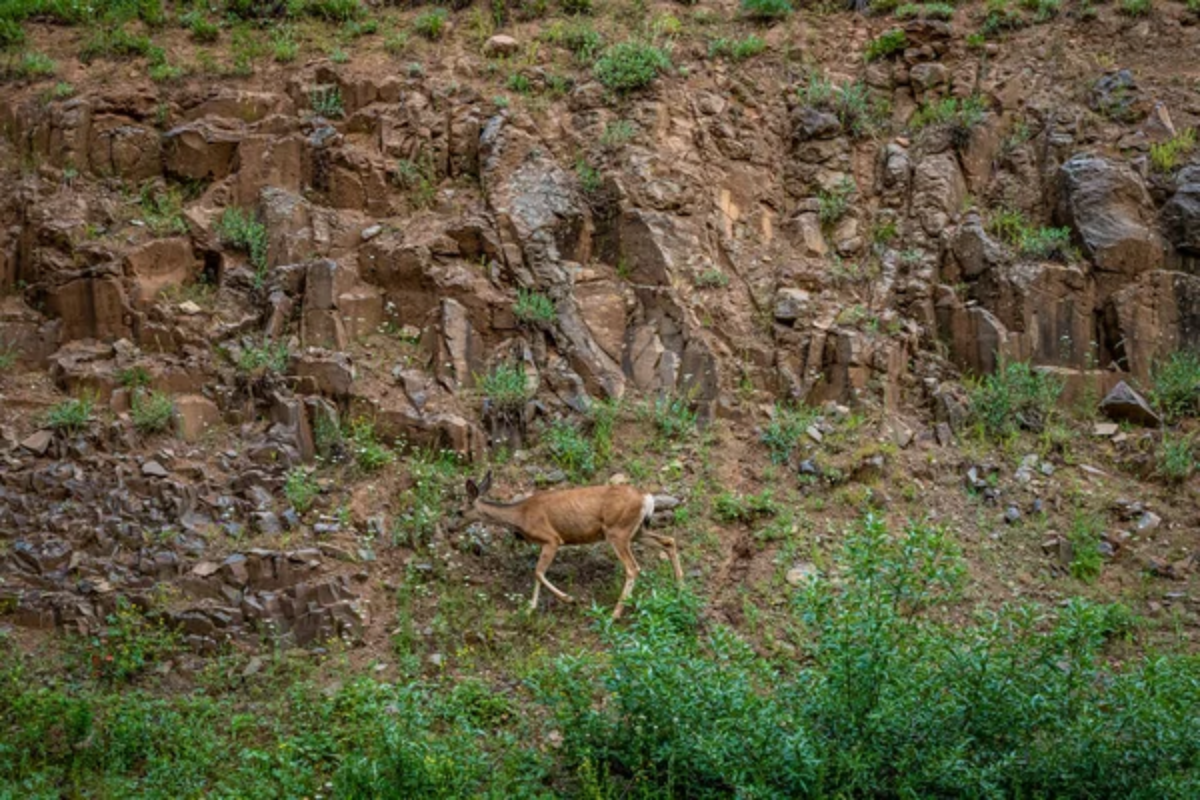
In Oregon’s eastern mountains, this diverse forest offers a distinctly different forest bathing experience from the state’s western woodlands. The ponderosa pine forests create more open, light-filled environments than the dense western forests, with a distinctive vanilla scent emanating from their reddish bark.
Higher elevations provide clearer air with measurably lower pollen counts, making this an excellent forest bathing location for those with allergies. The dramatic Wallowa Mountains backdrop adds an element of grandeur to the forest experience, helping visitors gain perspective while engaging with immediate sensory details.
The Forest Within
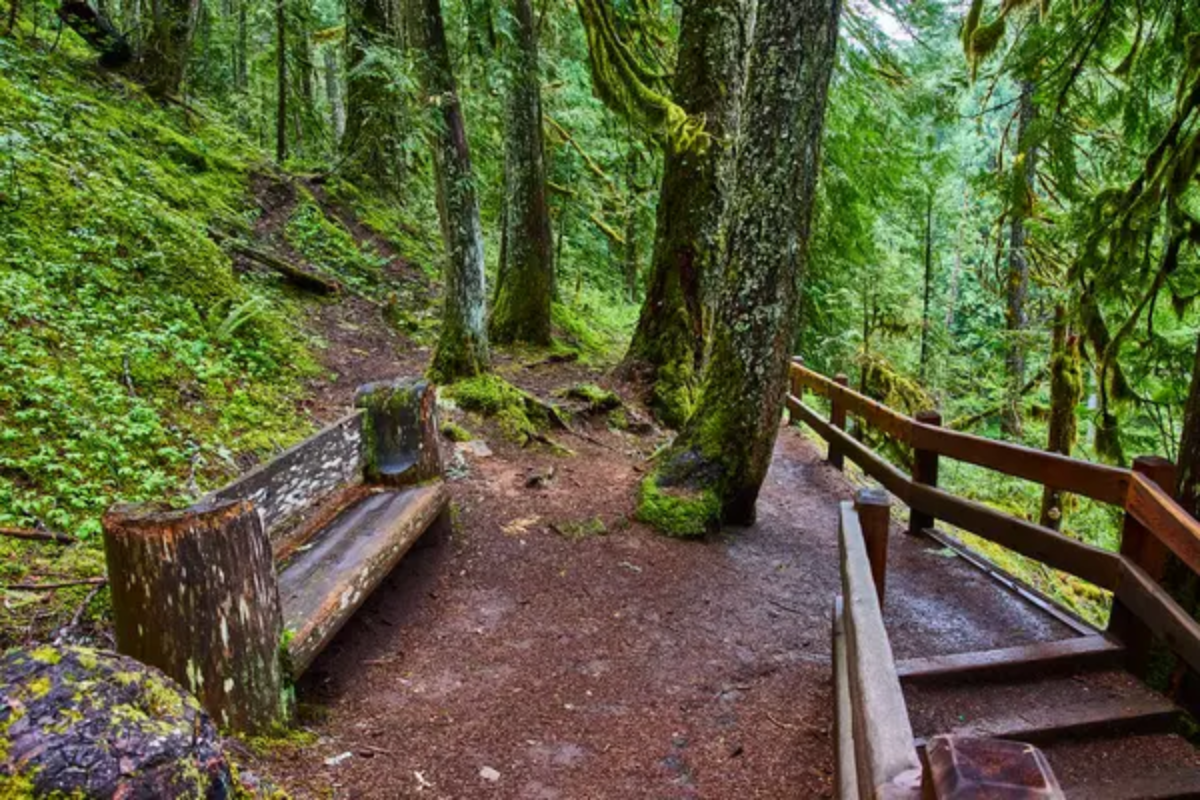
Oregon’s remarkable forests offer more than scenic beauty—they provide powerful environments for reconnecting with our innate affinity for nature. Forest bathing in these special places offers proven benefits for reducing stress hormones, lowering blood pressure, improving mood, and enhancing immune function. The practice requires nothing more than intentional presence, making it accessible to virtually everyone regardless of physical fitness level.
Whether you choose an ancient coastal forest or a regenerating wilderness, Oregon’s woodland sanctuaries invite visitors to slow down, breathe deeply, and receive the quiet wisdom that these complex ecosystems have to offer.
More from Travel Pug

- 20 Towns Built for One Purpose That Were Later Abandoned
- 15 Hidden Spots in Disney World’s Magic Kingdom Most Visitors Miss
- 20 Once-Popular Beach Towns That Are Now Ghostly Empty
- 15 Canyons in the U.S. That Are Just as Stunning as the Grand Canyon
- 10 Under-the-Radar Mountain Towns That Are Both Affordable and Beautiful
Like Travel Pug’s content? Follow us on MSN.
